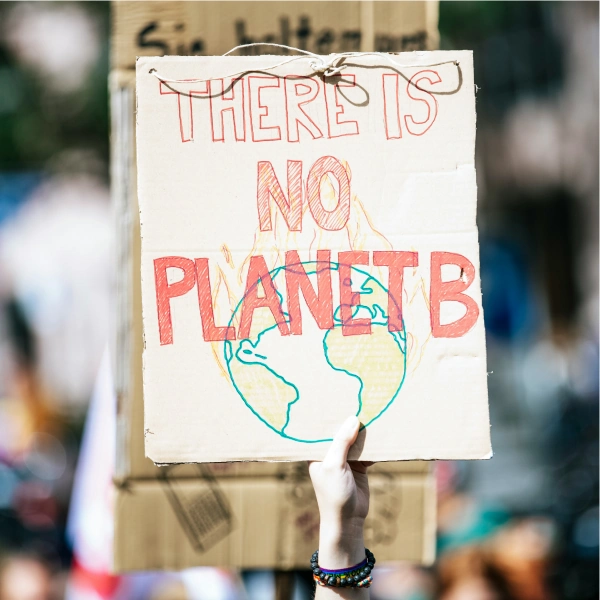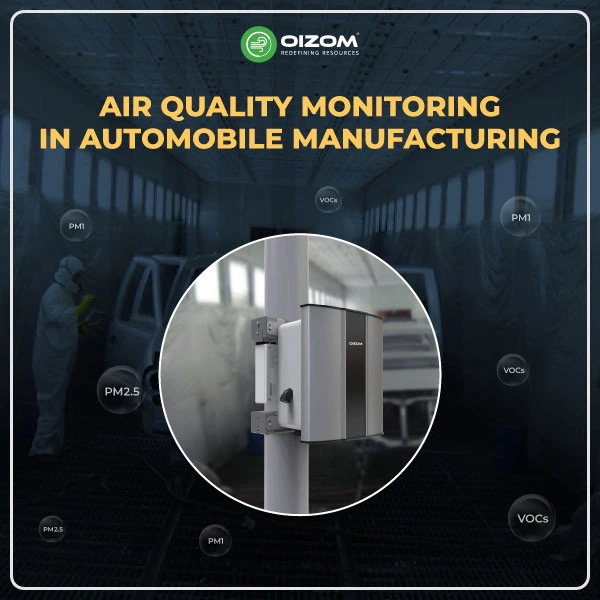Key Takeaway Points
- Air Quality Comparison: Both Noida and Delhi suffer from poor air quality, with Noida often experiencing worse pollution levels than Delhi due to industrial activities, traffic, and construction dust.
- AQI Insights: As of July 2024, both cities have an Air Quality Index (AQI) in the ‘unhealthy’ range, with Noida at 156 and Delhi at 149. This indicates significant health risks for sensitive groups.
- Pollution Sources: Major pollution contributors in Noida include vehicle emissions, road dust, construction, industrial activities, and stubble burning. Delhi faces similar issues, with additional pollution from the Bhalswa landfill and cold weather conditions.
- Health Impacts: The high levels of PM2.5 in both cities exceed WHO guidelines, posing serious health risks, particularly for vulnerable populations such as children and the elderly.
- Active Monitoring: Implementing active air quality monitoring, like using Polludrone devices, can provide critical data for managing and mitigating air pollution in urban areas.
Is Noida’s Air Quality Really Better Than Delhi’s? Which City Has the Worst Air Quality?
Is Noida less polluted than Delhi? This is a common question, especially for people living in or visiting these cities. Both Noida and Delhi are known for their bad air quality. However, recent reports show that Noida’s air can sometimes be even worse than Delhi’s. This is due to factors like industrial pollution, heavy traffic, and ongoing construction. The city is covered in haze as a cloud of smoke covers the expressways, metro stations, and high-rise buildings. However, Delhi is not here. This is the vibrant metropolis of Noida, the face of “transforming UP,” In this article, we’ll look at the pollution levels in both cities to see which one is worse. So, before reading below, what do you think about which city has the worst air quality? Nodia or Delhi.
AQI in Delhi and Noida
The government uses the Air Quality Index (AQI) to inform the public about the state of the air. As pollutant concentration increases, air quality declines. The AQI represents the level of pollution for the ordinary person.
Currently, both Delhi and Noida are experiencing air quality in the Moderate category. This means the air is generally acceptable, but sensitive groups might experience minor to moderate health effects from prolonged exposure.
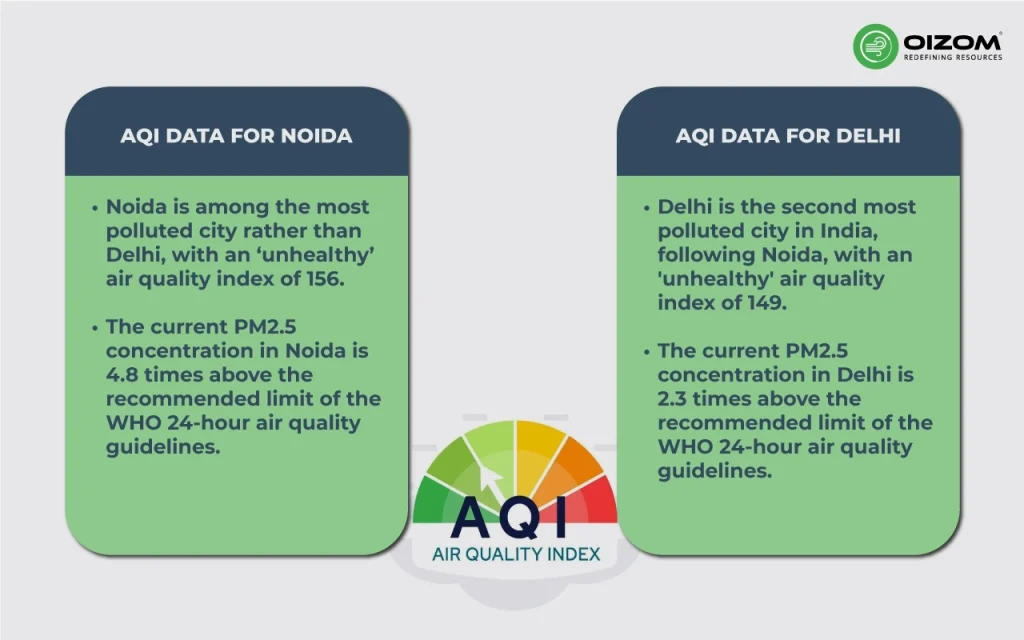
AQI Data for Noida
The government uses the Air Quality Index (AQI) to inform the public about the state of the air. As pollutant concentration increases, air quality declines. The AQI represents the level of pollution for the ordinary person.
Currently, both Delhi and Noida are experiencing air quality in the Moderate category. This means the air is generally acceptable, but sensitive groups might experience minor to moderate health effects from prolonged exposure.
AQI Data for Delhi
According to the 6th Annual World Air Quality Report, India ranked third most polluted country in 2023, following Bangladesh and Pakistan.
India continues to struggle with extremely poor air quality, with PM2.5 concentrations exceeding the WHO annual guideline by more than 10 times. IQAir’s analysis also listed India’s Begusarai as the world’s most polluted metropolitan area in 2023.
- Delhi is the second most polluted city in India, following Noida, with an ‘unhealthy’ air quality index of 149.
- The current PM2.5 concentration in Delhi is 2.3 times above the recommended limit of the WHO 24-hour air quality guidelines.
Major Pollution Sources in Noida
Air pollution can be caused by both natural and manmade activities. A few examples of these are given below:
- Emissions from Automobiles: Noida’s roads have exceptionally high average concentrations of particulate matter (PM), carbon monoxide, and black carbon due to the city’s dense traffic. The CPCB research states that the particle content was ten times higher than average. According to the study, excessive levels of PM, CO, and black carbon cause irritation for 80% of the population’s eyes and skin. Every day, a significant amount of traffic passes through each cross; officials estimate that between 20,000 and 50,000 passenger automobile units pass through each crossing.
- Road dust: People living in Noida believe that the relevant authorities are failing to maintain the state of roads, open spaces, and pavements so that dust does not combine with the air and pollute it. Experts claim that excessive air pollution can harm people’s health, especially for young people and the elderly.
- Construction and extraction: Despite the graded action plan (GRAP) being in effect throughout the city, dust pollution from construction operations without proper measures continues to choke Noida, one of the most polluted cities in Delhi-NCR (a report by Hindustan Times). Strong winds frequently transport dirt and heavier dust particles from the building site to nearby homes during the day, according to the residents living close to the site.
- Industrial Emission: Season after season, there is a regular level of industrial pollutants. A study that was released in August of 2018 stated that 22% of air pollution was caused by companies.
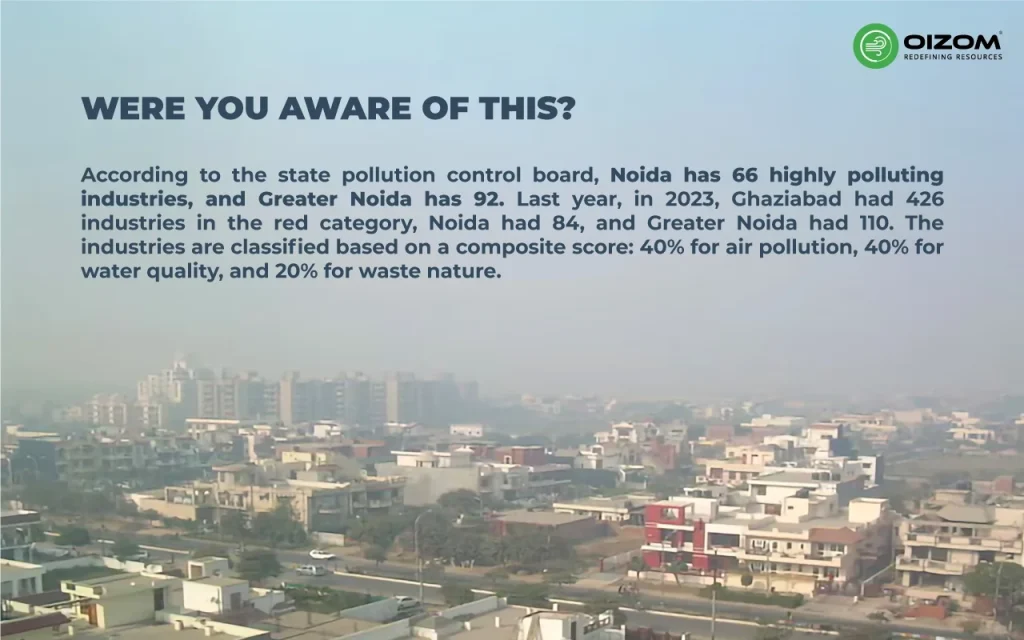
Stubble and trash burning: Every day, Noida generates between 200 and 250 tonnes of waste. If this trash is not disposed of in an environmentally friendly way, that is, without burning it, it may cause major health issues for individuals. Experts estimate that 15 to 20% of the air pollution in the city is caused by stubble burning.
Major Pollution Sources in Delhi
There are many causes and sources of Delhi air pollution, such as stubble burning, vehicle emissions, industrial pollution, construction, cold weather, geographic location, stagnant winds, population growth, Badarpur thermal power plant, fire in Bhalswa Landfills, etc.
According to a 2014 analysis by the Environmental Performance Index, India’s air quality has declined by 100 percent in the last ten years, with the capital city of New Delhi suffering the most. According to Berkeley Earth research, even when the AQI is substantially better than usual, breathing that air still indicates that contaminants equal to the amount of 31 cigarette smoke enter your lungs.
- Agricultural Stubble Burning: Burning agricultural stubble has been a key contributor to Delhi’s increasing haze and air pollution. The issue is that material from the previous harvest needs to be disposed of as quickly as possible because there is not much time between paddy and wheat harvesting. The government has advised farmers to handle their straw manually or mechanically, but because this is a more costly and time-consuming operation, farmers are returning to their custom of burning stubble. The Indian federal and state governments have spent thousands of crores and banned the practice, but stubble burning is still out of control. The smoke from this agricultural burning gets transported to Delhi by westerly winds. According to a study by IIT Kanpur, agricultural burning is the third largest contributor to particulate matter in Delhi.
- Vehicle Emissions: With a share of 28%, they are the primary source of PM2.5 and PM10 particles in Delhi. Furthermore, automobile emissions account for 41% of all air pollution. Vehicle emissions contain a lot of carbon monoxide. Long-term exposure can be fatal, and the amount of CO building up in our atmosphere is being caused by an increasing number of vehicle emissions.
- Industrial Emissions: India’s capital, Delhi, is home to the greatest number of small-scale companies, many of which disregard regulations governing the release of pollutants and hazardous gases. With 3182 industries, they are the second biggest cause of Delhi’s bad air quality.
- Bhalswa Landfill: Since 1984, Bhalswa Landfill has been a disposal site. It covered roughly 52 acres and peaked at a height of 62 meters. For years now, it has been wreaking havoc in Delhi. Even though the landfill has long since been used beyond capacity, waste management has not been implemented. The amount of waste that is left lying around causes it to begin to decompose, making the entire area more vulnerable to fires. Due to the nature of the trash, the fire’s smoke emits harmful levels of carbon monoxide and hydrogen sulfide, among other things, in addition to producing a lot of particulate matter.
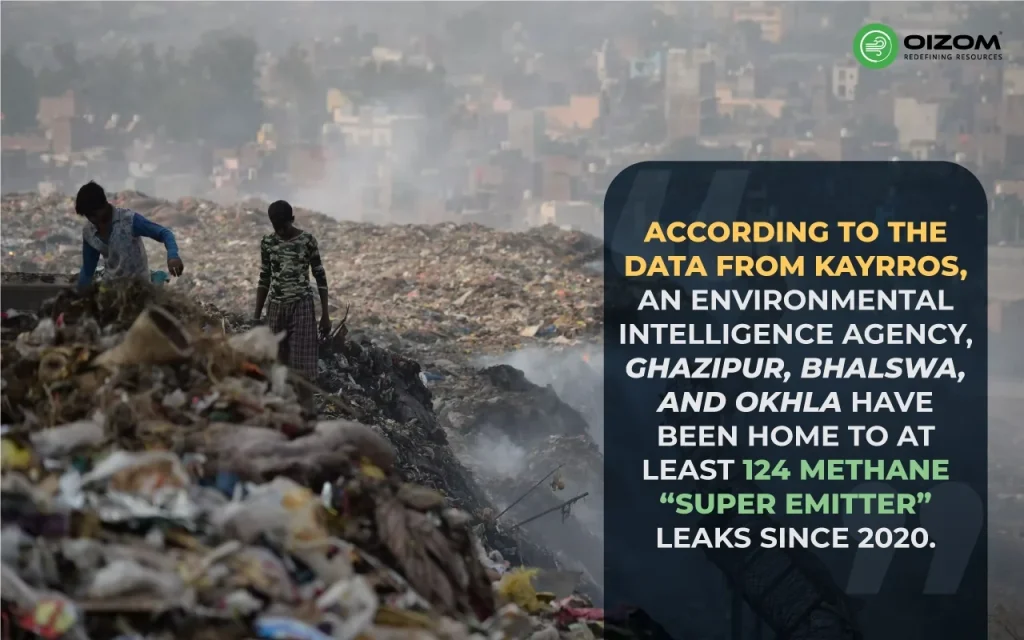
- Cold Weather: Delhi’s cold weather has also contributed significantly to the city’s pollution. The aversion height of all the smog and other particulate matter in the air decreases when the temperature drops in Delhi. The height at which particulate particles can rise from the earth to the sky is known as the aversion height. Since the aversion height is higher and farther above the ground during the summer, all pollutants rise to a higher altitude and are less dangerous to humans. However, as winter approaches, the aversion height decreases, causing all of the smog to end up in our air.
- Lack of Active Monitoring: Before this, there was no active monitoring, which resulted in the unexpected discovery that the amount of pollutants in the air had skyrocketed years later. Active monitoring could have assisted in identifying the developing trends in air pollution so that it could be reduced in its early stages.
- Monitoring air quality with the Polludrone, a versatile air quality monitor that measures multiple ambient parameters, including PM1, PM2.5, PM10, CO, CO2, SO2, NO2, O3, and H2S, along with Ambient Noise, Light, UV, Temperature, and Humidity. This multiparameter approach provides detailed insights into the environmental health of any premises, making it ideal for various applications.
Conclusion
Finally, this blog explains the AQI data for Noida and Delhi as of July 2024, along with its various sources. The AQI in both cities is pretty close, with only a 6-8 point difference. Both cities have unhealthy air quality. Everyone talks about pollution in Delhi, but no one mentions Greater Noida, which is far worse and more dangerous.
In Conclusion, according to a report by CREA, From January to June 2024, 140 cities were featured in the daily most polluted cities list. Of these, 51 cities appeared at least 10 times over the six-month period. Byrnihat in Assam-Meghalaya topped the list, featuring 118 times, followed by Gurugram (63 days), Faridabad (62 days), Ballabgarh (58 days), Muzaffarnagar (55 days), Delhi (54 days), Sri Ganganagar (51 days), and Mandi Gobindgarh (51 days). Among India’s top 10 polluted cities, three were located in Haryana, two each in Rajasthan and Uttar Pradesh, while Delhi, Assam, and Bihar each had one.
As citizens, we also have a responsibility to support the nation or the government by taking proactive steps and adhering to all applicable laws against pollution. Everyone has to be made aware of the harm that ongoing air pollution is doing to the environment. It’s time for us to begin reducing air pollution.
Noida and Delhi suffer from bad air quality due to high levels of vehicle emissions, industrial pollution, construction dust, and seasonal factors like crop burning in nearby areas.
You can track the current air quality in Noida and Delhi using various apps and websites, such as AQI.in, government websites like CPCB Air Quality Data, and weather apps that provide real-time air quality updates.
Noida authorities have implemented measures to combat pollution, such as stricter vehicle emission norms, promoting public transport, controlling industrial emissions, and increasing green cover.


